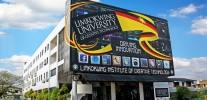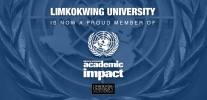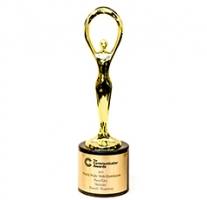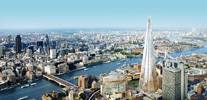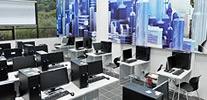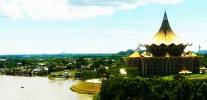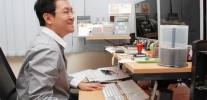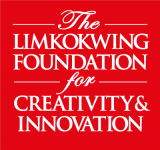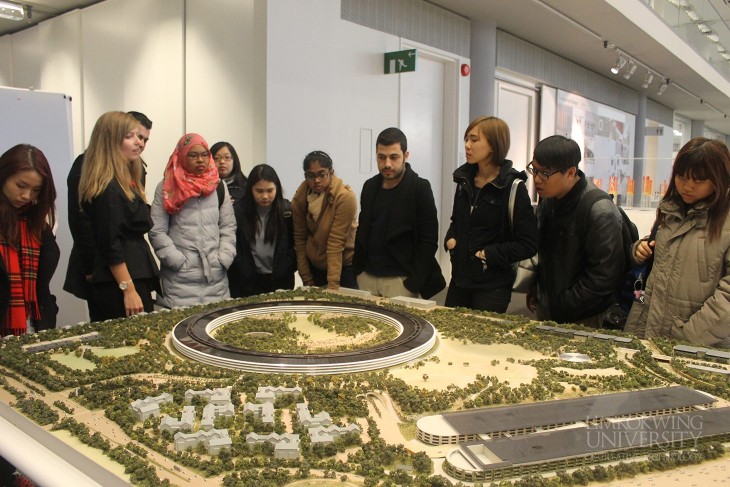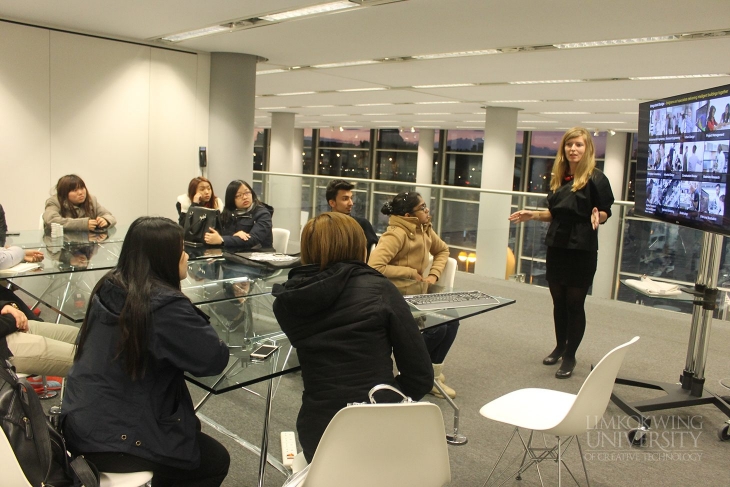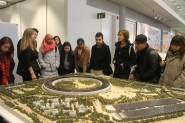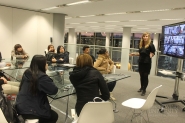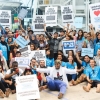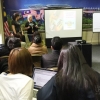Architecture students on the Global Campus programme in London visited industry leading architecture firm, Foster + Partners on the 20th March.
Foster + Partners is one of the world’s most innovative architecture and integrated design practises. Existing for over four decades now, the company has pioneered a sustainable approach to architecture through a wide range of work with their location and culture sensitive attitude.
Known for its high technology postmodernist glass and steel buildings, Foster + Partners has designed some of the world’s most iconic structures. Some of the firm’s famous works includes; the British Museum’s Great Court, London City Hall, Wembley Stadium redevelopment and the Millau Viaduct in France, which is the highest road bridge in the world. The firm will also be handling the 3rd phase of Malaysia’s Battersea Power Station redevelopment.
Senior Environmental Designer Dimitra Kyrkou gave the students an informative tour of the company building, including the large open-plan studio floor where the design teams work. She emphasised the company’s commitment to delivering sustainable design, citing the 30 St. Mary’s Axe -The Gherkin, which was designed by the company founder; Baron Foster of Thames Bank. The Gherkin is a 41 storey skyscraper which uses only 50% of the energy required to power office buildings of a similar size. The use of double glazing and ventilation shafts creates a natural and very sufficient system of heating and cooling via convection. The building was awarded the Stirling Prize for Architecture in 2004.
Students were interested in the concept of sustainable design and asked many questions, especially about integrating it into every project. Kyrkou explained that the company consisted of many department that looked at various parts of a project development, with an Environmental Engineering specialist team that looks particularly at project sustainability.
Kyrkou also highlighted the importance of a strong portfolio in order to succeed in the architecture industry. She encouraged students to tailor their portfolio to the styles and ethics of practises they are interested in working with, and to think creatively and sustainability when creating their designs.
Students said they had learnt a lot from the tour, especially in regard to creating urban, environmentally friendly designs that were not only sustainable, but creative and liveable, using ingenuity and resourcefulness especially to tackle modern city living requirements.



